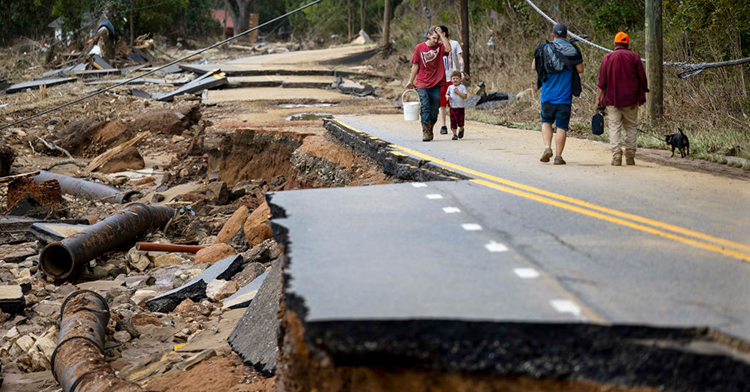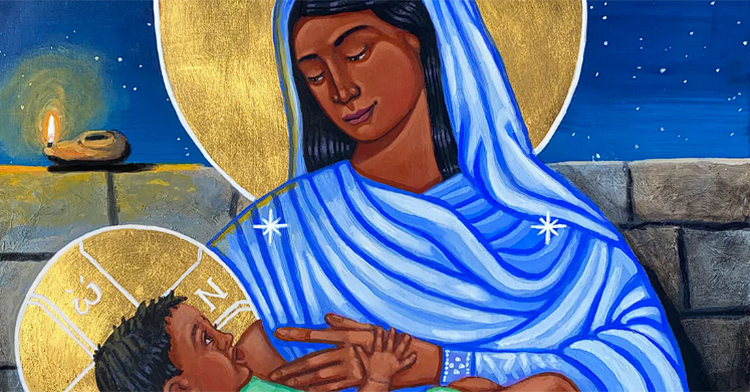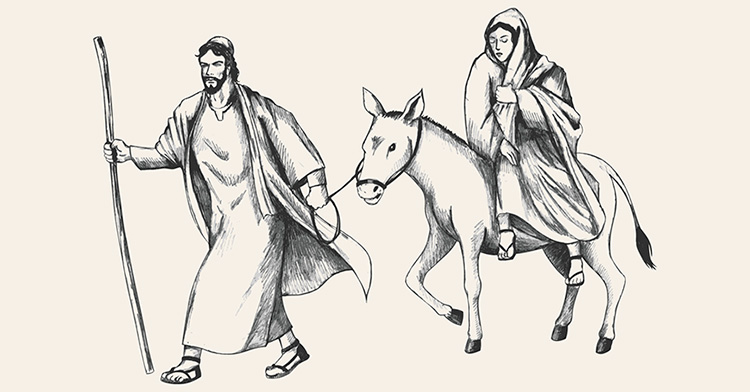We were fumbling with the coffee maker.
Standing in our church’s newly renovated, post-pandemic-lockdown kitchen, we were thrilled by the much-needed additional space, by the thoughtfully repositioned appliances and fixtures, by the opportunity to open new cabinets and drawers on a treasure hunt for tablecloths and votive candles.
But on this particular morning, as our group prepared to set up for coffee hour, the process of how to do that with equipment we couldn’t recall stumped us for a moment. We had collectively prepped for this between-services social time on dozens of occasions before COVID-19 — tables, snacks, coffee, tea and a big jug of reconstituted lemonade powder for those who partake. Now, some parts of those rituals had changed.
Then someone stepped forward who had never made coffee in the old system before — someone who was comfortable following the directions because there was no comparative “not quite how I remember it” to block progress. Our group’s hosting of the weekly hospitality proceeded.
By combining the wisdom of those grounded by where things were with the ingenuity of one unrestricted by where they’d been, we were able to co-create several excellent pots of coffee.
Let the church say, “Amen.”
That is a simple (but real!) example of where I think churches are right now. Headed into the first Advent in three years with few to no restrictions anticipated in most houses of worship, faithful people have been drawing on the experience of the pandemic years to reevaluate our communal life. The last few months in particular, as programming has picked up and more activities have returned in person, we have been remembering what we’ve forgotten while discovering what we still need to know.
Which keys have been changed, and who needs replacements?
When did we start using this church school curriculum, and why?
How do we regather when we are still frayed, frightened and in some cases irritable? How do we reclaim the soft skills required to be together?
In response, our first instinct might be to create something new. There is little that church people love to do more than to “fix it,” whatever “it” is. (There are also folks who don’t mind breaking things, and we’re seeing some of that too.) But that first instinct, often out of a combination of love, responsibility and discipleship, is to create what is needed.
That raises challenges. First, too often in our Western culture, creating is seen as a solitary endeavor, an “I’ll fix it myself!” mindset that focuses responsibility and concentrates authority in the hands of one (or a very few). There are obviously times when we create alone, sometimes because the work is personal or because the medium doesn’t lend itself to the task of an eager committee.
But the hierarchical models of many institutional churches can perpetuate the pattern in which a single person takes over work that would be better done by a group.
Second, we’re often focused on re-creating. When we set out to re-create what we had — another option for making the coffee, planning the mission trip or leading the meeting — we presume on some level that nothing has changed and that our way is still the best.
Same pot and brewing system, except it’s not.
Same number and types of kids going on a mission trip with the same checklist of needs, wants and concerns, except they’re not.
Same format of dear faces gathering at a conference room table with a pile of mints and chocolate candies to share, except the tables are our own, separately, and the faces are on our screens. For reasons of convenience, safety and efficiency, the meetings will continue this way indefinitely.
Re-creating ignores these realities. It glosses over what we’ve all been through with COVID-19, racial pandemics and political disruption and ignores what remains ahead of us. Rather than building on the hard lessons of the pandemics, it assumes that we’re gearing back up to do what we’ve always done, much as we always have.
But our world has fundamentally changed.
Maybe, just maybe, this kin-dom season is calling us instead to co-creation — the beautiful, intentional, messy and incremental work of envisioning and growing together. Indeed, it’s already happening! One of the delights of my work is that I get to see the wonder of co-creation all the time.
Even in COVID’s darkest moment, even as our nation was shaken to its racist underpinnings, the stories of faithful people working in spaces of collective liberation and collaborative wonder were flashing across my screen.
Every two weeks, my colleagues hear me say that this story or this issue of Faith & Leadership is my favorite, and I mean it every time. Many of the efforts we have highlighted started before March 2020, but what they accomplished in a time of great uncertainty has only reinforced their work in partnership with others and with an openness to what newness offers.
Maybe, just maybe, this kin-dom season is calling us instead to co-creation — the beautiful, intentional, messy and incremental work of envisioning and growing together.
Sometimes they knew that what was next needed to be different. Sometimes they listened, open to what next might be.
Just before COVID shut down churches for Lent 2020, for example, we posted the story of stained-glass windows that New Mount Pilgrim Missionary Baptist Church has installed over the course of years to more fully represent the community, its history and its present.
From Nashville, the story of former churches that became boutique hotels and now provide funding for agencies working with the unhoused. From Minneapolis, how New City Church and Holy Trinity Lutheran Church were alert and responsive after the murder of George Floyd.
When leaders in Black churches assessed COVID’s impact in the communities they serve, the response was significant and successful. When a Massachusetts congregation wanted to do right by the debt owed to the creators of Negro spirituals, they put their money where the music was.
The work done by and with young people has been astounding, from feeding their community to building a community beyond ministry walls.
From big, multiyear projects to slow, intentional internal work to community-inclusive crisis response, co-creation is a worthy model for generating growth and renewal. The examples we see at Faith & Leadership so often embody a deep commitment to beloved community and to collective transformation.
A new church year is upon us, and this liturgical season is marked by watchful waiting and anticipation. It is also a time for reflection. Our regathering with intentionality is a counterbalance of sorts to the pandemic’s forced isolation.
What might this next year hold? Can we be open to the possibility of newness rather than tethered to the ways that worked (or perhaps really didn’t), given the existential reset of the last three years? How might the coming year be different if we faithfully enter into partnerships and collaborations that draw on the experiences and wisdom of many rather than a few?
What will happen if we take the time to build what’s next together?











